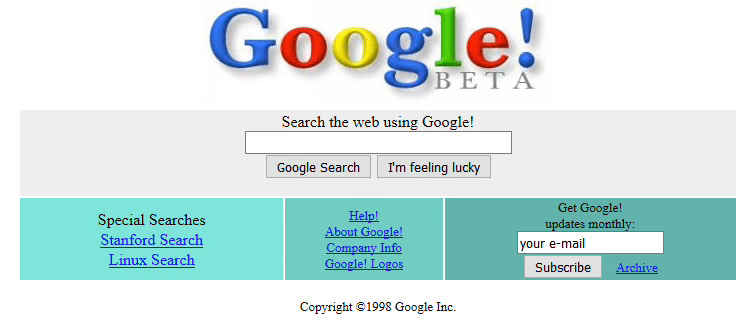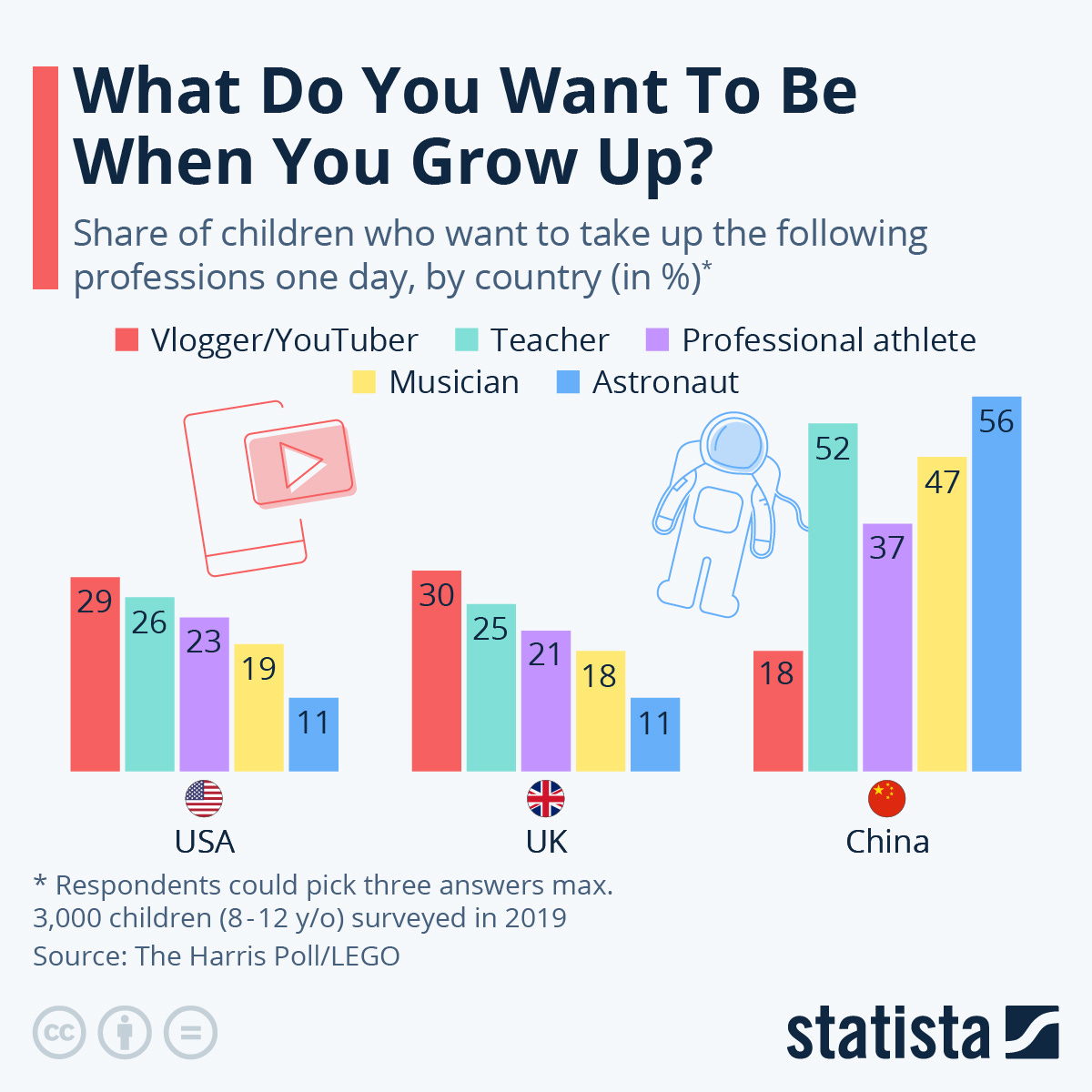
Google search isn’t working as expected, and the world knows it, even before ChatGPT came around. Unless you are searching for the nearest Mexican restaurant which is a Google customer.
Today, I watched a 2:30-hour-long movie on my free YouTube account.
To say the movie appeared between the ads would be an understatement. It was a horrible UX.
60% of the ads were 5 seconds long before they could be skipped.
The rest were 20-second duration skippable/unskippable ads
The average span between two ads was 5 minutes.
To say ‘Since it’s free, it’s acceptable’ or ‘When it’s free, you are the product’ would be oversimplifying the problem. Non-paying YT consumers deserve average-quality UX, if not the best. Sure, they are not Google’s customers, but potential ones for its advertisers.
Google doesn’t solely rely on ad inventory + cash coming from its advertisers. Content consumers (and searchers) are the most important part of its business model, for they are the stats - the one thing Google sells, and so does Facebook.
Let’s understand this by breaking it down. Google’s ad revenue stream relies upon:
A few advertisers paying huge cash (yes, they are highly revenue-concentrated)
Billions of content consumers
A few thousand consumer profiles that categorize those consumers (#2)
Real-time auction match between #1 and #3, which is ads fighting for the best spots (videos on YT, keywords on search). Any imbalance in #1 and #3 numbers, and the auction will fall apart. Marketing departments will start seeing impression rates falling and CTRs nosediving. Ad budget spending will be reconsidered, and competitors (Facebook, anyone?) will have a heyday.
Analytics - the umbrella term to describe the stats. The C-suit needs it to justify their ad spend. In other words, graphs from Adwords, Admob, and its siblings.
This last part needs a bit of elaboration. For Analytics to work, a real consumer (matching the profile from the advertiser’s preferences, preferably with a credit card on Google’s records) has to be strongly mapped to impressions and clicks - basically, any interaction that lands a consumer on advertisers’ shopping mall.
Chrome, Gmail, Google Drive, Chromecast all are holes of the same net that catches you - the fish.
It could be via Google Maps, YouTube Ads, or age-old text banners.
To make it happen, Google (just like its rival Facebook) uses infamous ad-tracking tricks (Google cookies, but don’t eat them 😊), empowered by its vast ecosystem: Chrome, Gmail, Google Drive, and Chromecast all are holes of the same net that catches you - the fish.
No one feeds you to the advertisers. Your single, atomic action (view time/click/tap) generates a number. That number is fed to the advertiser.
That action costs you your attention, which never gets measured in the process until Elon Musk is allowed to sell Neuralink to normal people.
Those numbers make marketing managers happy, and Google gets paid.
It’s WWW - a wild-wild web, and understanding its design through its notorious fallouts is something few of us are doing. We have started doing it more deliberately past privacy crackdowns on Facebook and Google.
We are living amid the restless times of a broken web.
But content platforms do provide value:
They have.
At the first glance, things add up. Google, an ingenious content aggregator, is a monopoly in search, and so is YouTube, the content powerhouse.
Ad-supported content delivery has made life richer
But it wasn’t all done in a day. Google acquired YouTube for chump change ($1.65 billion), and took time to integrate its award-winning PageRank with YouTube metadata for years - something Facebook hasn’t quite managed to do with its $19B WhatsApp acquisition yet.
Meanwhile, its AMP-dictated SEO tricks homogenized the web in predatory ways. But they managed to keep it on top of search-based ads during the last decade which witnessed the rise of mobile and Web 2.0.
Ad-supported content delivery has made life richer: Not just for marketers and creators, but also for content consumers, who otherwise would never have access to certain kinds of lifestyle, learning, and entertainment. Hundreds of thousands of students upskill themselves on YouTube, through courses and MOOCs. For techies, chefs, and travelers, YouTube (coupled with a blog) is a prominent 2nd income fulfilling the FIRE (Financial Independence, Retire Early) dream.
On a parallel, interesting trend, more kids want to be YouTubers compared to Astronaut.
Being rooted in the righteous, do-no-evil ground, cultivating its brand respect would lead to profits with glory.
What explains Google’s desperation after the obnoxious YouTube ads experience? Why is Google wilfully inviting rivals (streamers - present and future included) to disrupt its most promising cash cow?
I have 2 theories:
#1: Google sees its imminent defeat in AI-based search:
As of this writing, Google has launched Gemini across its ecosystem, including Android.
Every step in the ChatGPT’s trajectory has caught Google off-guard.
Google surely benefits from its early AI adoption since the DeepMind acquisition, Transformer LLMs, and vast web content dataset. Yet, its main rival OpenAI has a distinct benefit: Its closed nature, backed by an old-school monopolist Microsoft.
So far, every step in the ChatGPT’s trajectory has caught Google off-guard. Despite its tiny market share, Bing is competing with Google on the same territory, something Google has never faced before.
This rivalry is highly unlike its smartphone competition with Apple. There, Google enjoys a clear separation of business models (Android’s licensing model vs Apple’s hardware fan base) and market segments (low vs high-cost smartphone users).
On top of it, advertising-based content models are dying. After 3 decades of the internet, subscriptions are becoming the new normal. People got fed up with ad tracking, and now they are fed up with ads. Gen Z and Gen Alpha are smarter at avoiding them, often via ad-blockers and non-tracking browsers (Tor) + search engines (DuckDuckGo).
Today, if some corporate-sponsored stat is trumpeting the success of the ad-supported content, it is because the audiences are oblivious to the options. All monopolies fall prey to the stat fallacy confirmation bias and echo chambers resulting from it. More often, inside their boardrooms, they know this too well but are too afraid to accept it publicly.
If the search has to stay, it has to add value to the lives of emerging masses, not a few marketing CXOs that dictate how the content is consumed.
#2: Google is preparing for the next generation web:
This theory isn’t mutually exclusive with #1.
This is the bigger picture that is bound to emerge regardless of the outcome of the Bing vs Google war.
As one of the earliest aggregators of web content, Google has access to vast swaths of information. Barring the dark web, everything is exposed to Google. More than the quantity, it knows the structure of the web, its relationship with content, social networks, and demographics.
That’s why, a visible degradation in its search quality can’t be explained by the now increased scale of the web or shameless profiteering mindset.
With its metadata, Google can train its LLMs seamlessly, make smarter chatbots, keep the users glued to its systems, or bounce them around - like it has been doing with Gmail and Google Drive. No matter what you do, you end up watching/clicking that unscrupulous ad, and make Google richer.
Or, it can do something entirely different.
It could simulate the web, by generating it on-demand. Get the supplier out of the equation, and deliver something trained on what that supplier supplied. What Amazon did to online sellers for brick-and-mortar stuff, Google can do to its content suppliers - newspapers, YouTubers, websites - for information.
When you search for a blue, striped shirt, currently you see a hundred images from Google’s advertiser websites.
Tomorrow, you might see a near-perfect image generated on the fly, and when you click it, Google could present you with mind-numbing options:
Buy it from advertisers X, Y, and Z (Not cool for you? Now we know, and we won’t repeat this choice, we promise!)
3D print this piece through our partners (that’s so old school, but yeah.)
Watch a video with your favorite character/next-door neighbor wearing the shirt, performing crazy stunts/household chores.
Join someone (real or robot) on the web who is searching for the same shirt, and discuss what you like about it.
Followed/preceded by: Pay us for all those premium experiences
Last but not least: If this package is sold to you as some variant of a Metaverse/VR device, don’t be surprised.
Conclusion:
Web 1.0 was unstructured, coarse, and rudimentary. But it was fresh. It presented infinite potential to connect, create, and evolve.

GenAI is costly and taxing to the climate. But with economies of scale, it will bring a newer version of the web. Whether it would be as exciting as Web 1.0 is a question loaded with subjectivity.
The present search + YT experience degradation by Google is deliberate
Players that already occupy the rentable spaces (search rankings, cloud hosting, and app ecosystems) will impact and decide its potential, and restrict ours.
Will organic content fall out of Google’s favor? They already are. Several indie websites got SEO-killed by AMP, way before ChatGPT arrived.
That’s one more reason I think the present search experience degradation by Google isn’t organic. Neither it is an unintended effect of a cost-cutting drive gone bad. It seems deliberate.
The Google search looks like a simulation of the old-age web search, only worse because it often fails to work with exact keywords.
Google is trying to tone down users’ expectations with its poor search UX, shepherding them towards Gemini. Before ChatGPT, the simulated search served to train its AI datasets, something Bing couldn’t enjoy due to limited reach. Past ChatGPT, this has become a difficult but necessary transition.
That also explains why Google doesn’t remove incessant ads that worsen the YouTube experience. While they shamelessly fill its coffers with billions, there could be an escape route waiting for frustrated users: A GenAI-based premium pro YouTube, featuring videos/movies/shorts created on the fly.
Impressions and clicks will be the relics of the past. With GenAI, advertisers will demand newer payment models that better describe engagement. Ads would exist but would be undistinguishable from the consumable content, just like the 90s banners that millennials ogled at with wide eyes.
Present-day YouTube videos containing scenes shot with real objects and people would be a museum of the relics.
A day will come when Google will pay them homage by hosting them under its Arts and Culture Experiment, hopefully curated by a human.


